Towards the end of 2008, McNab went on a research trip to Western Greenland, spending a month walking over glaciers and in boats negotiating floating ice. The paintings that came out of this were not arctic landscapes however, but studies of melting ice cream – the distant and terrifying sublime now tied to an accessible, intimate experience of desire.
McNab modelled figures out of value-pack Raspberry Ripple and Soleros, and painted these in the process of melting away. Towards the end of this long series, the ice cream became combined with condoms and Scotch tape – fabrics of containment and repair from which the melting continues to spill.
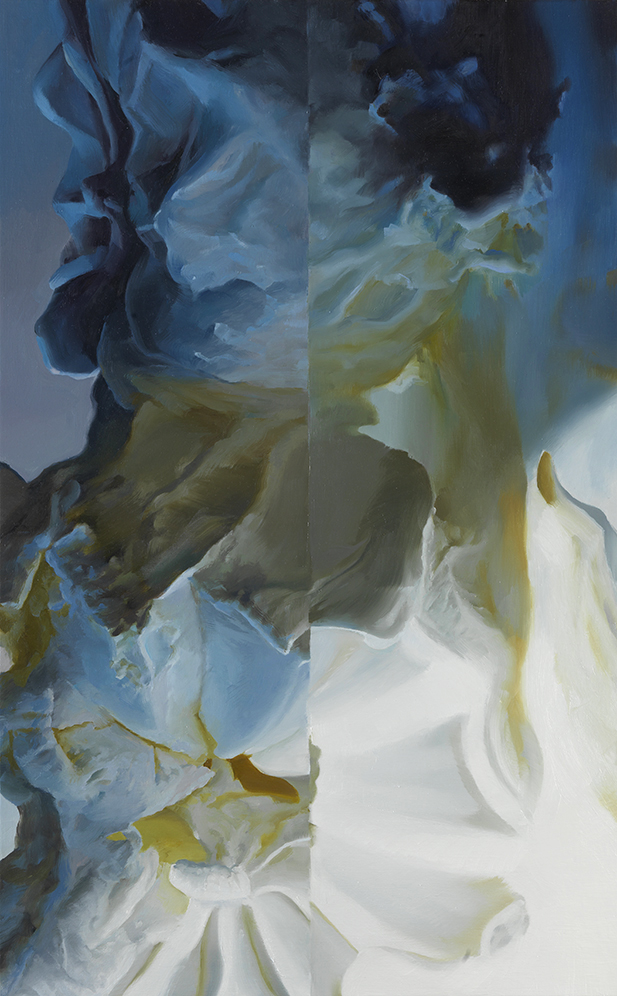
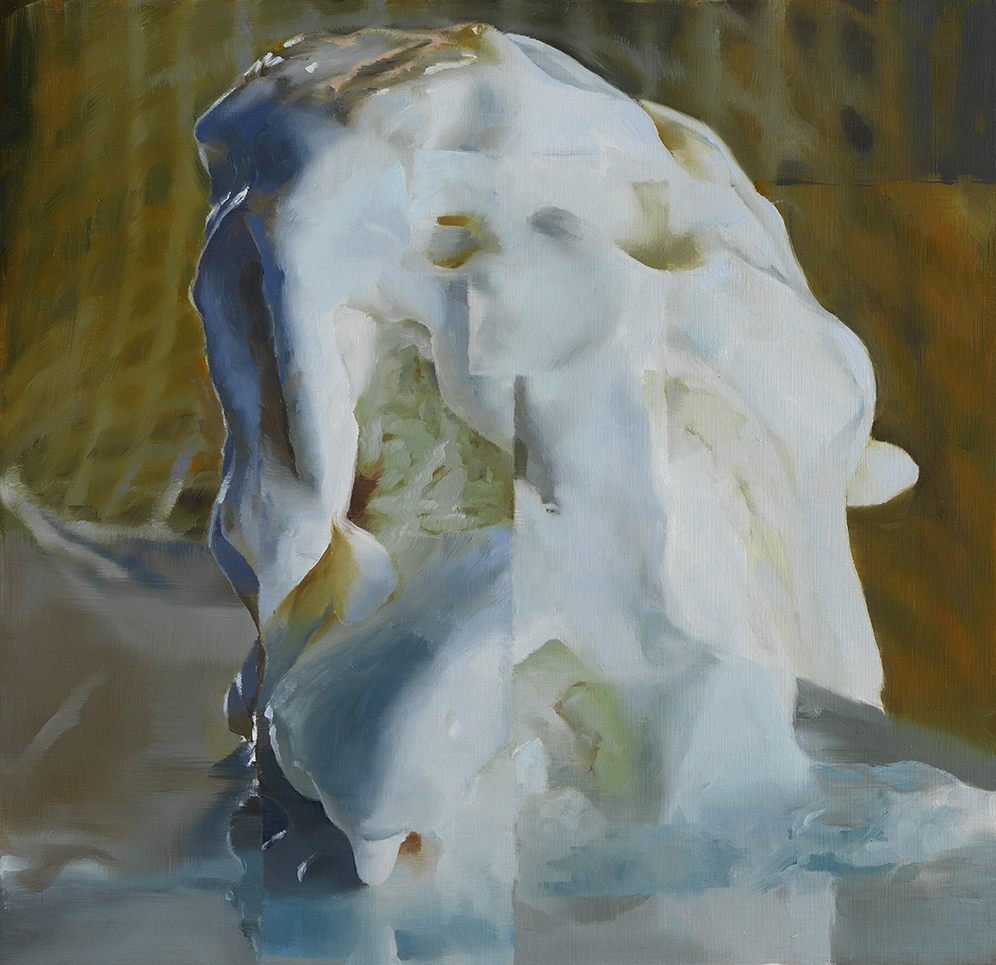
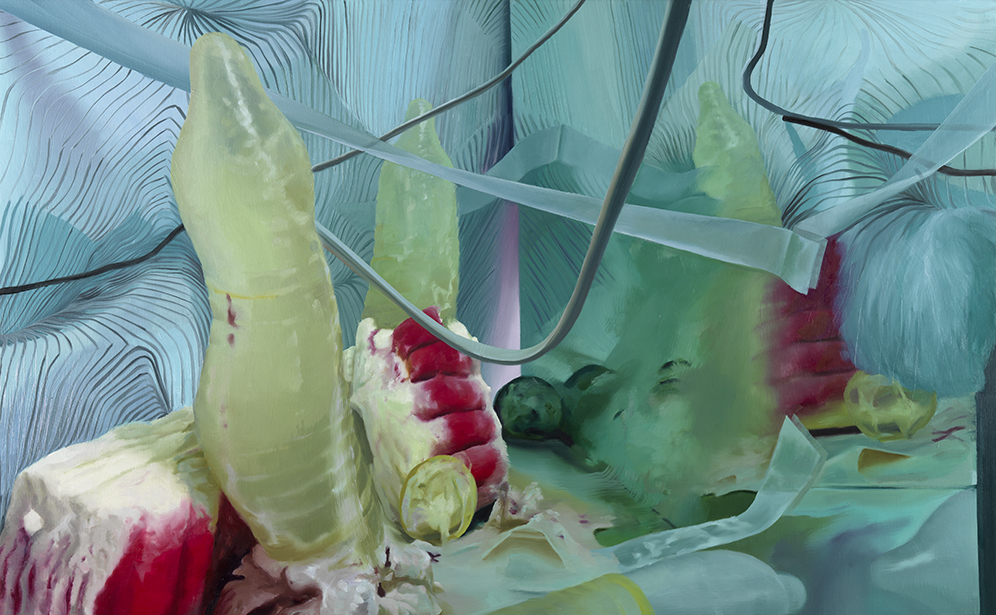
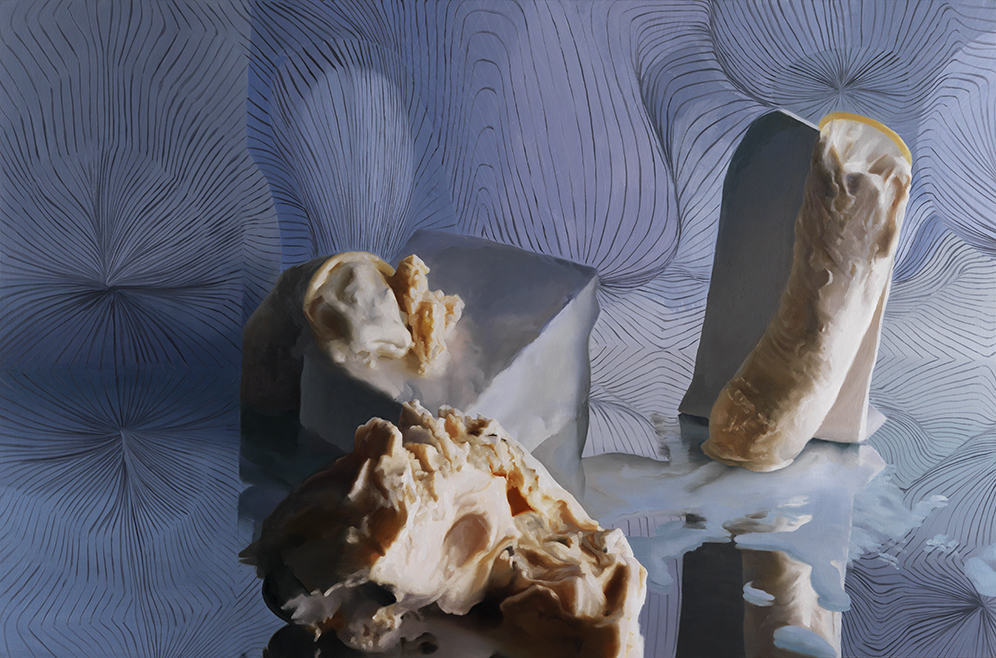
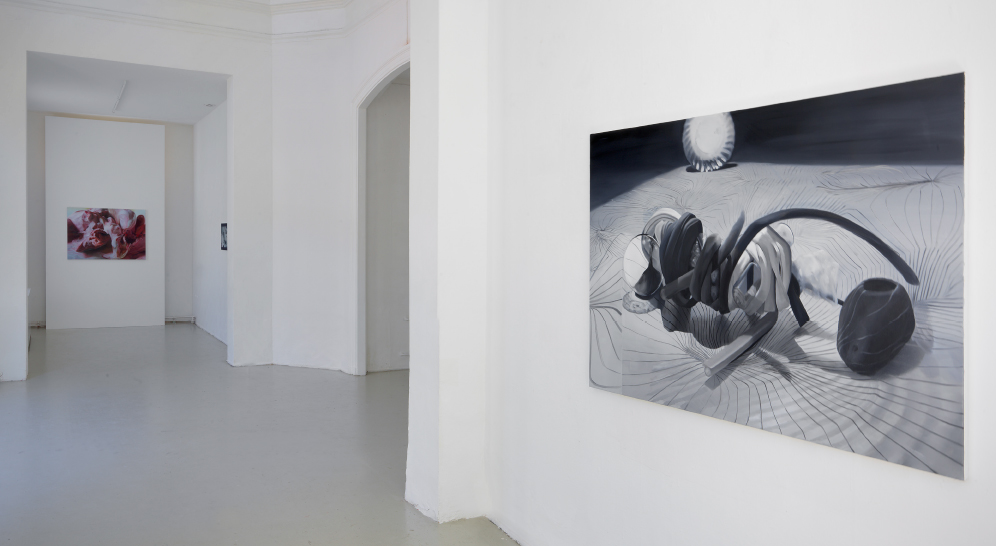
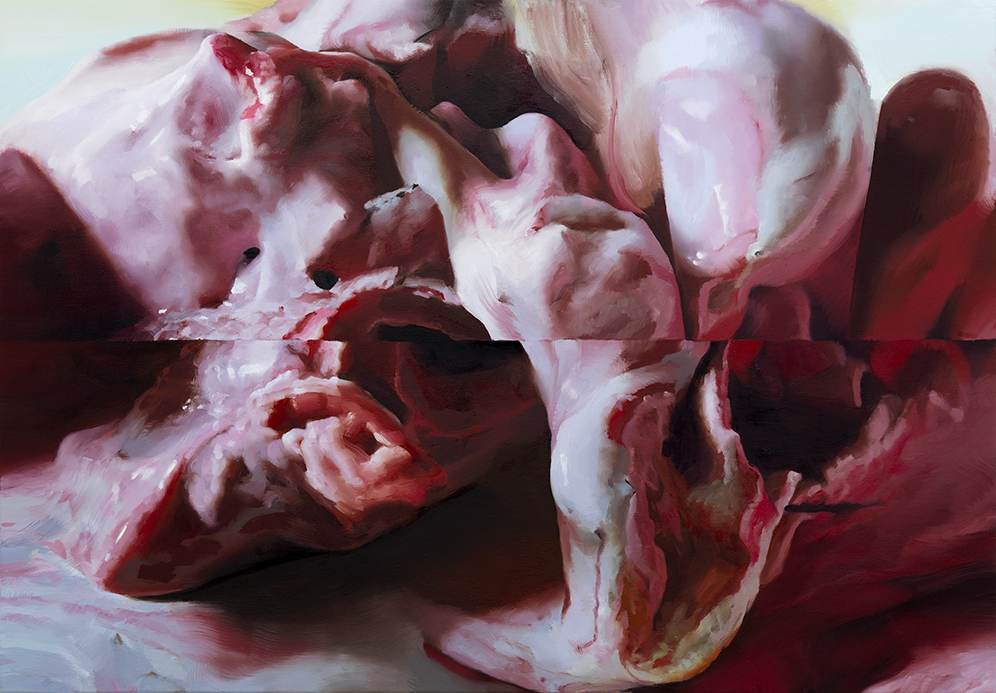
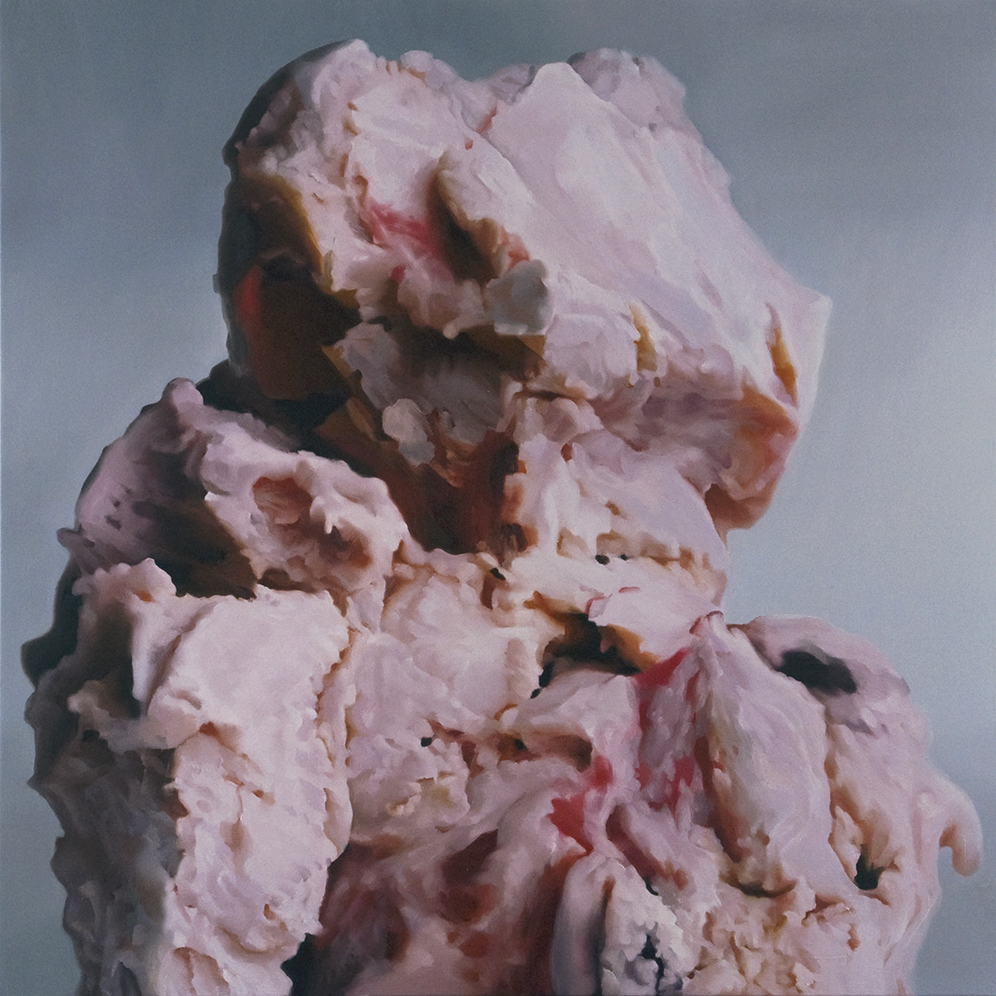
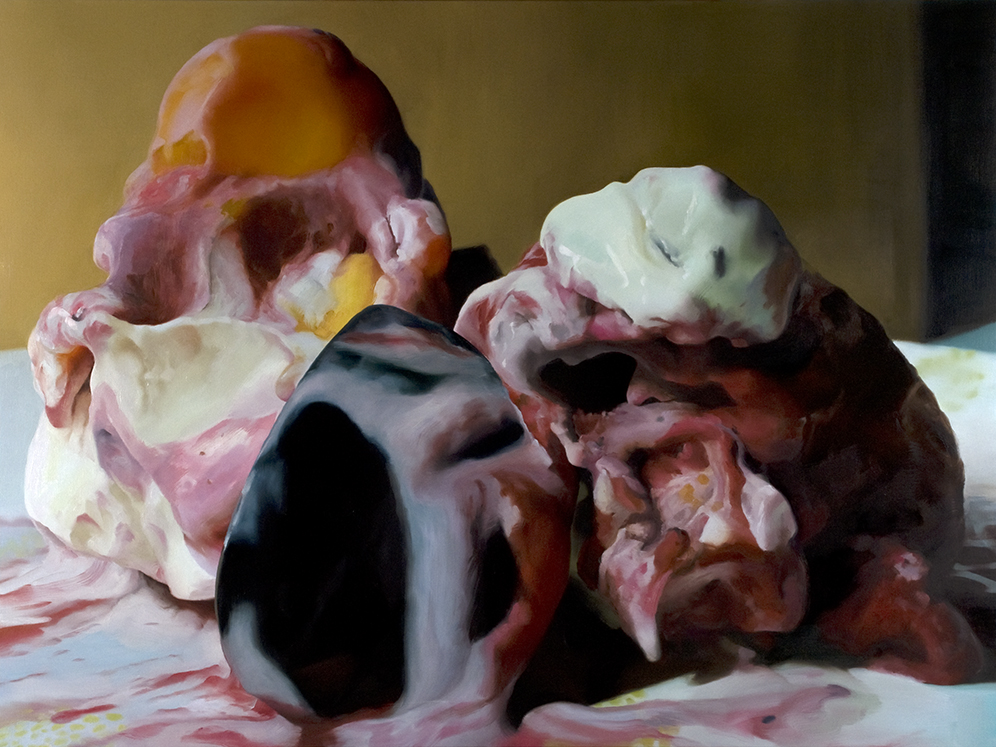
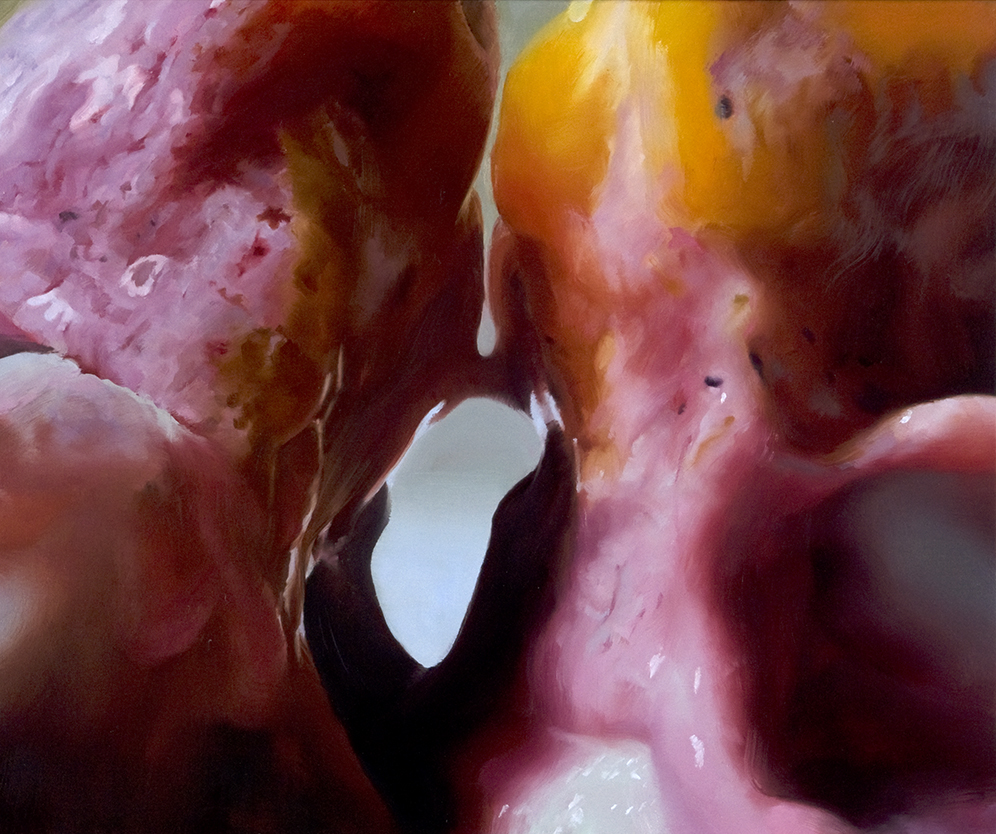
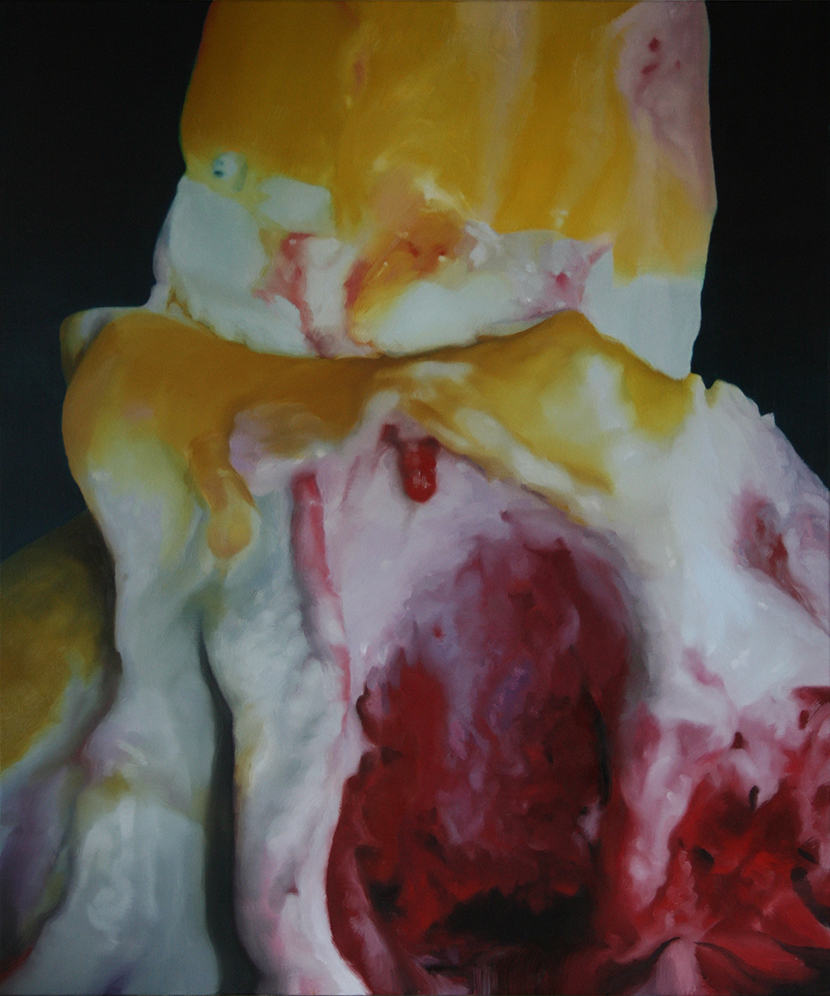
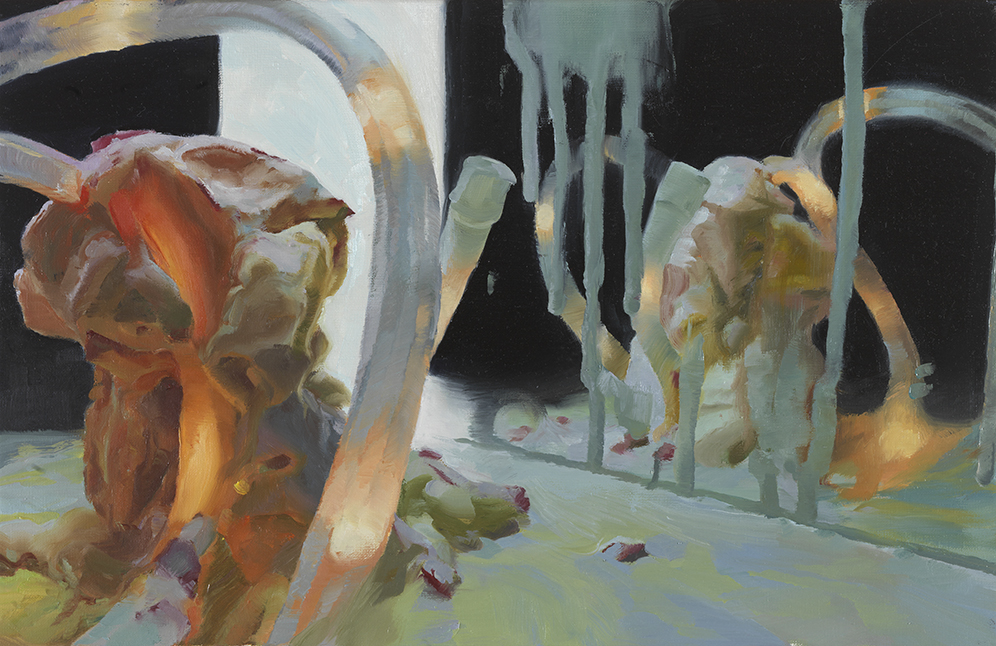
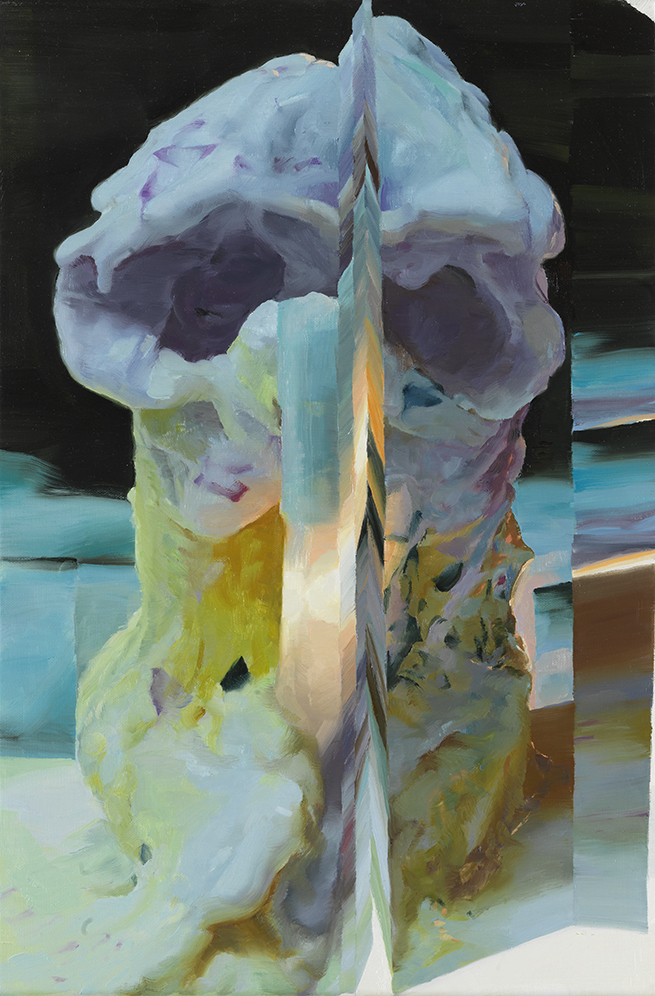
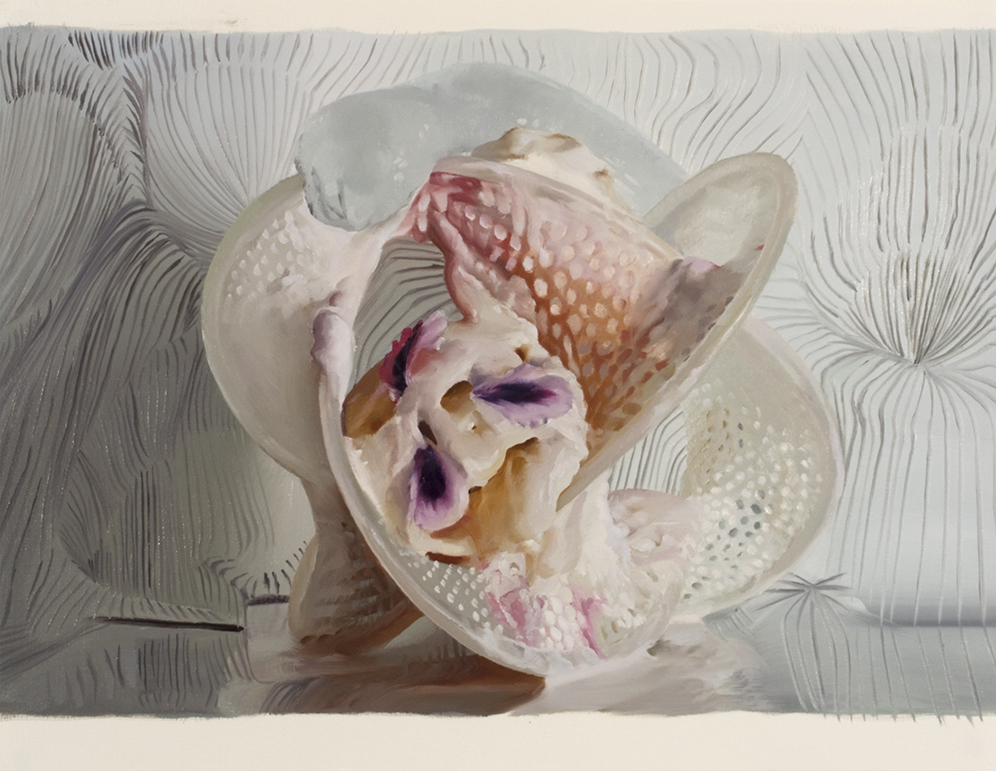
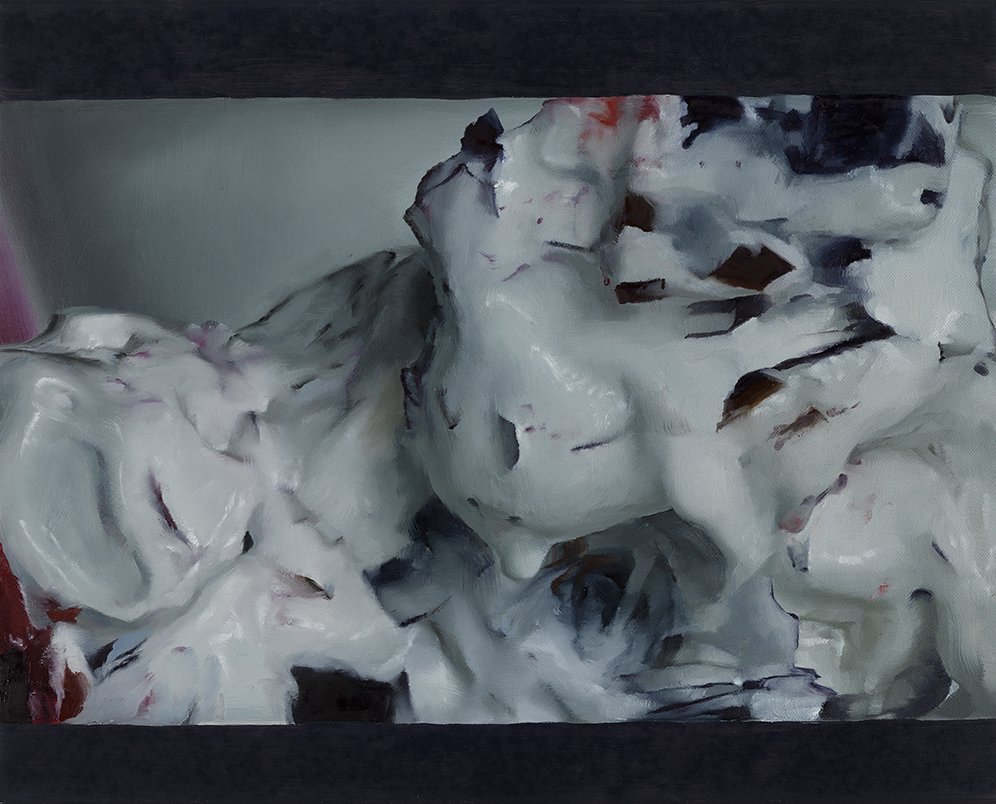
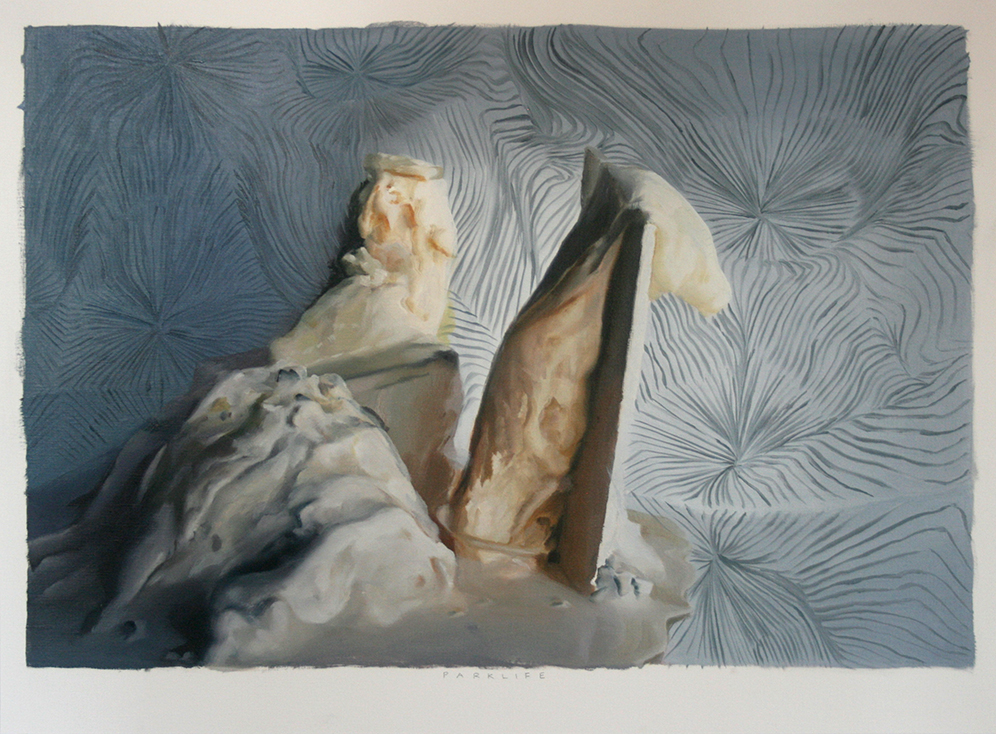
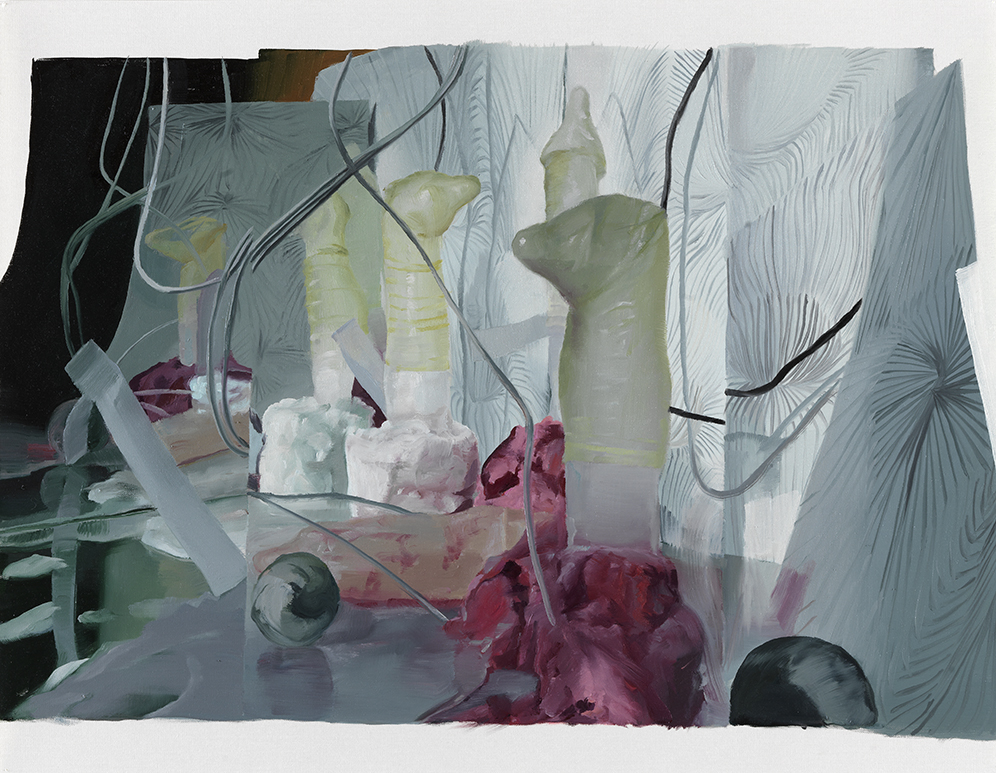
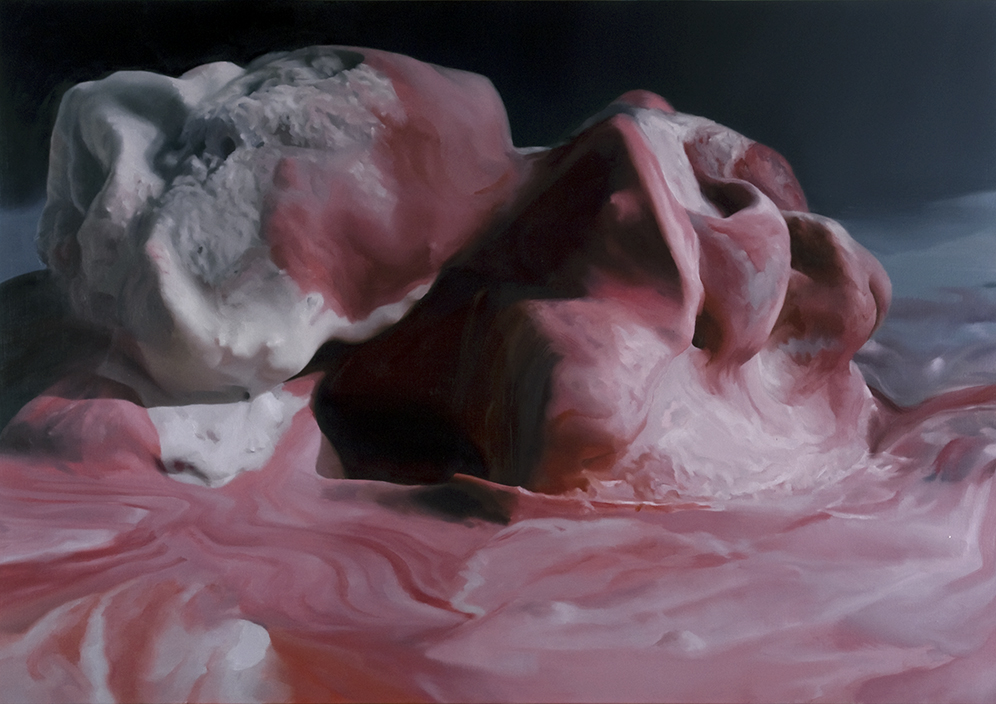
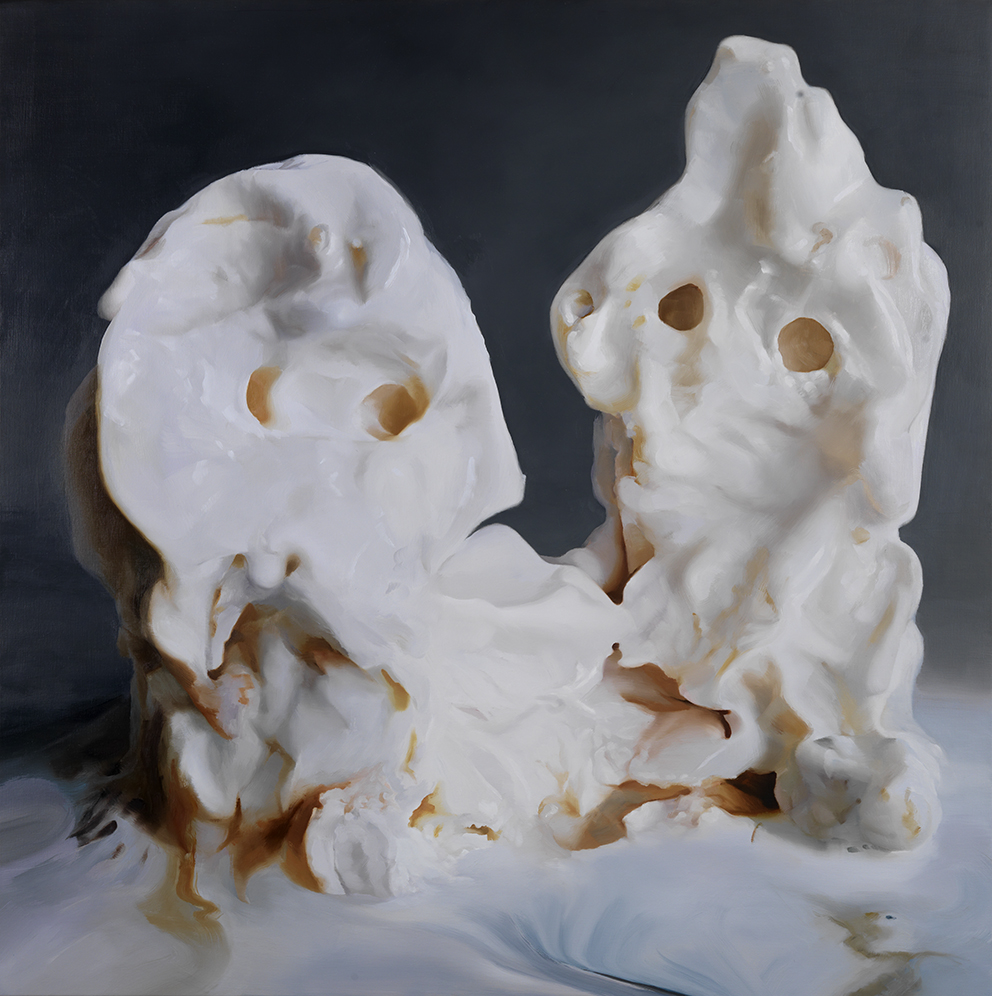
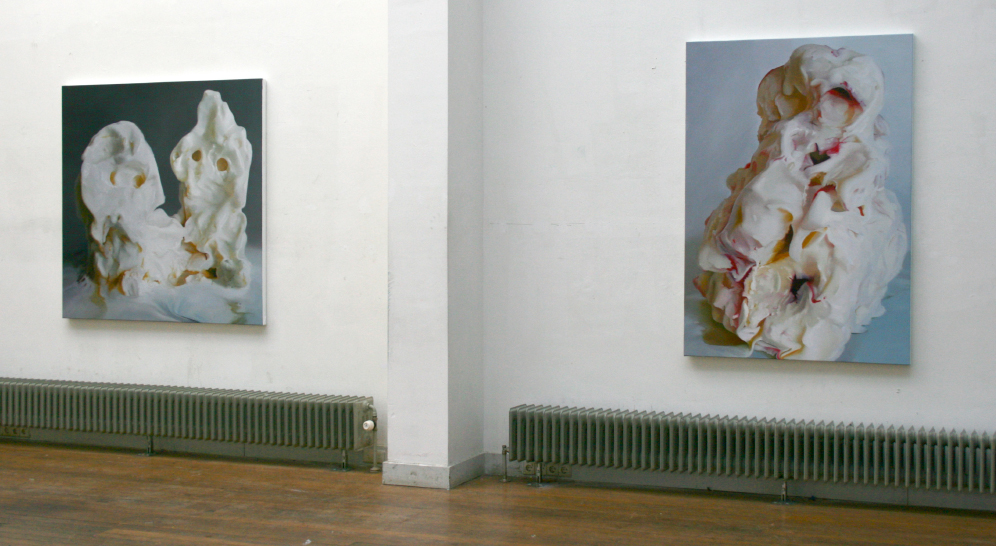
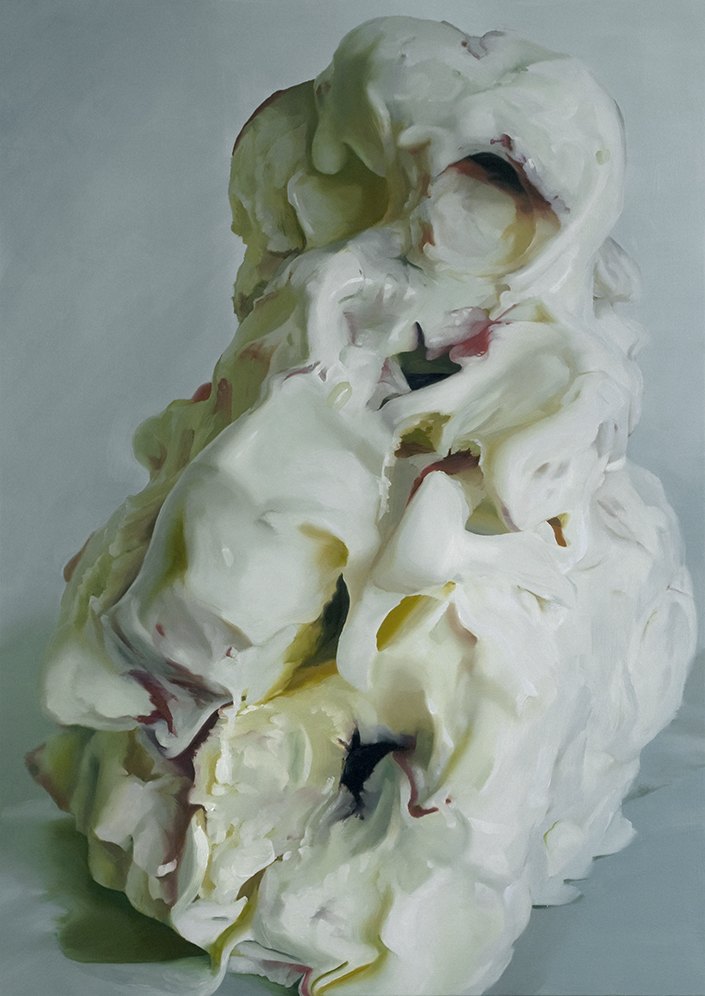
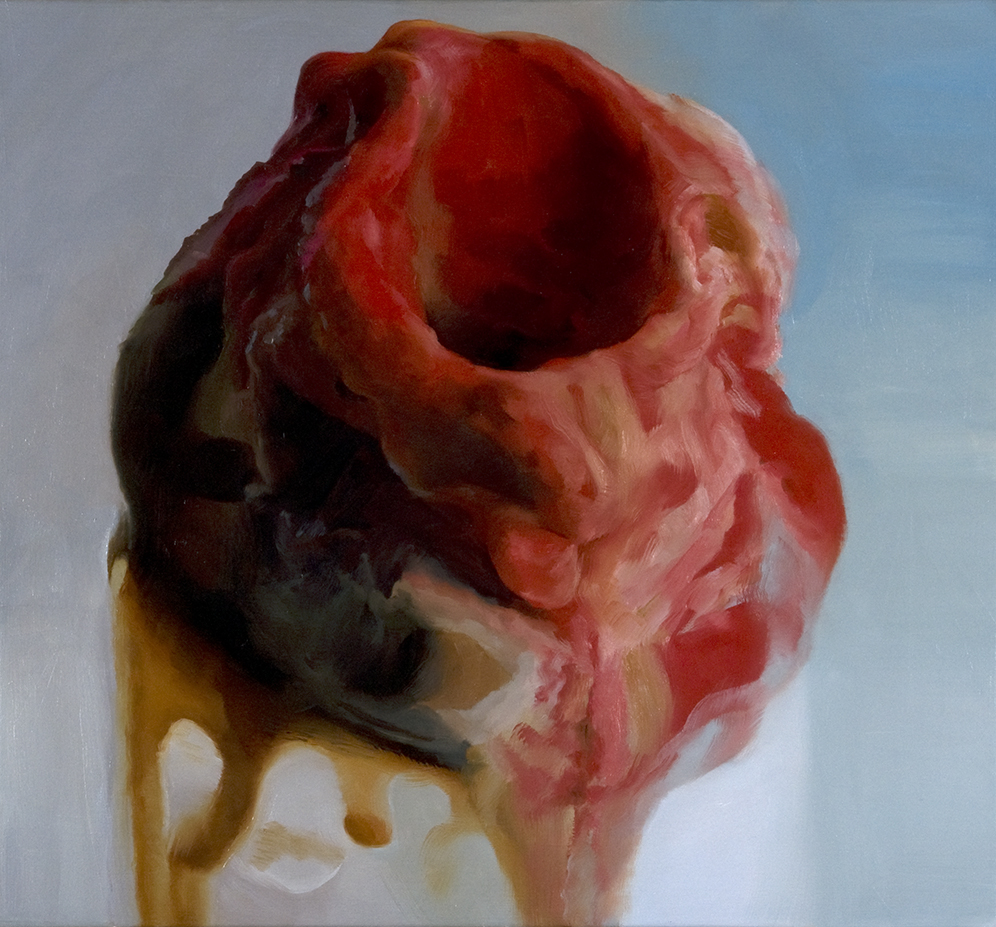
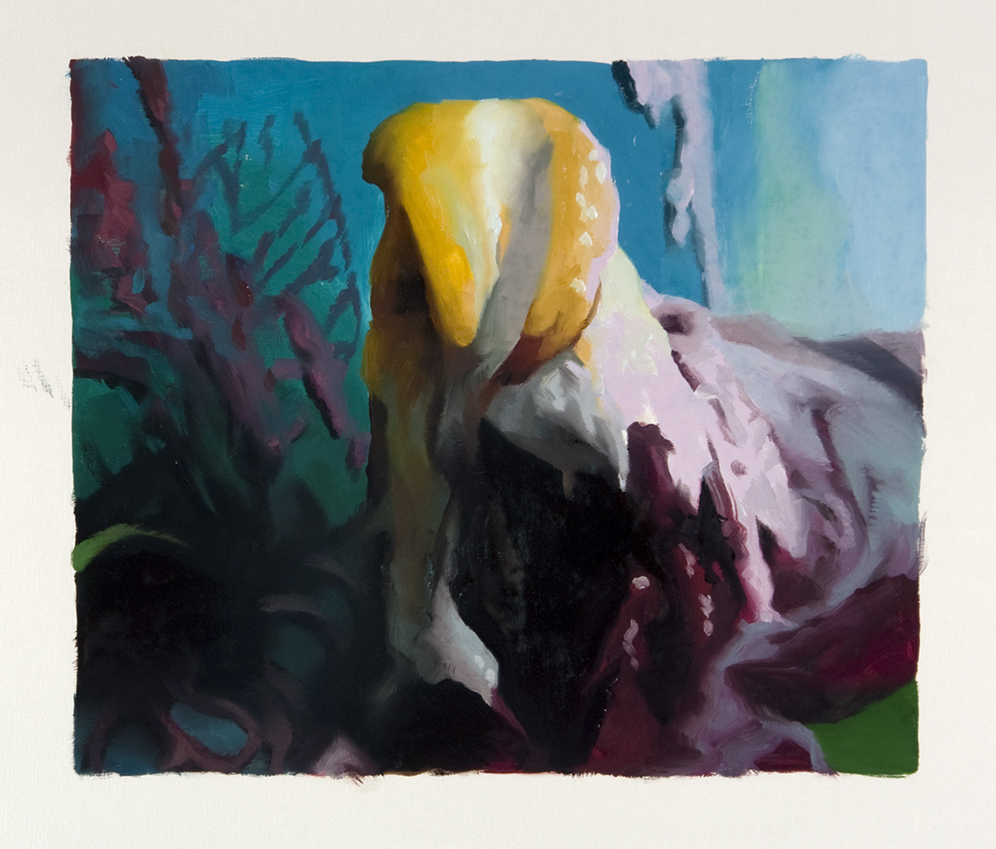
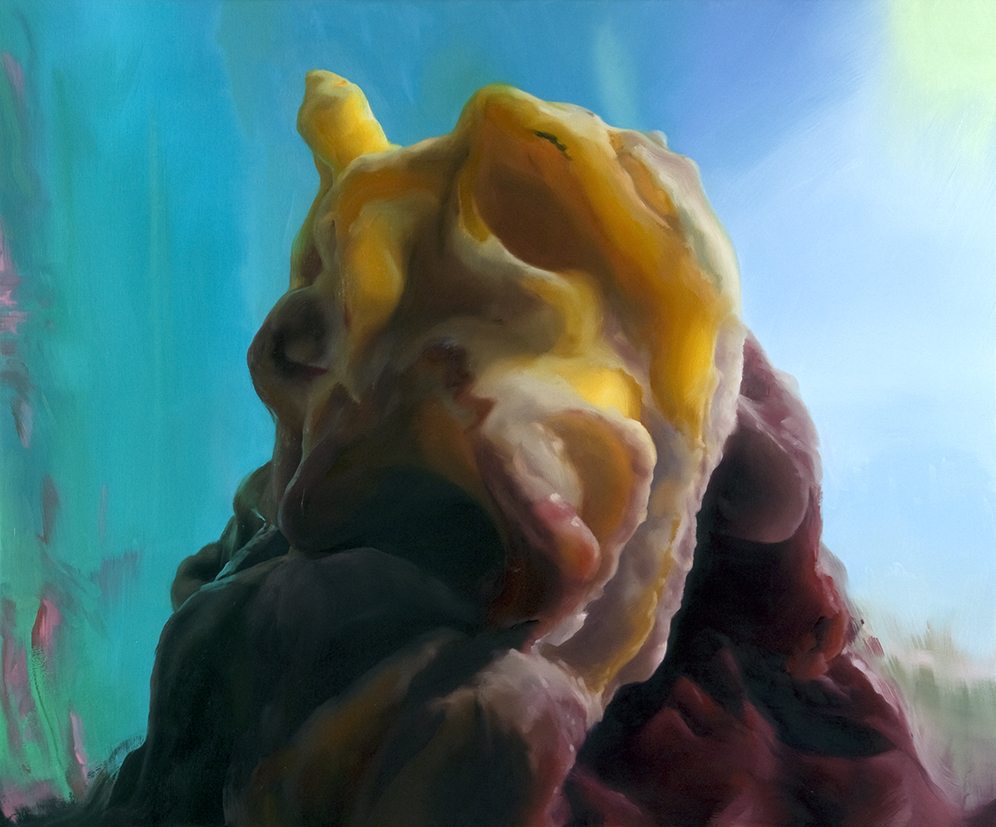
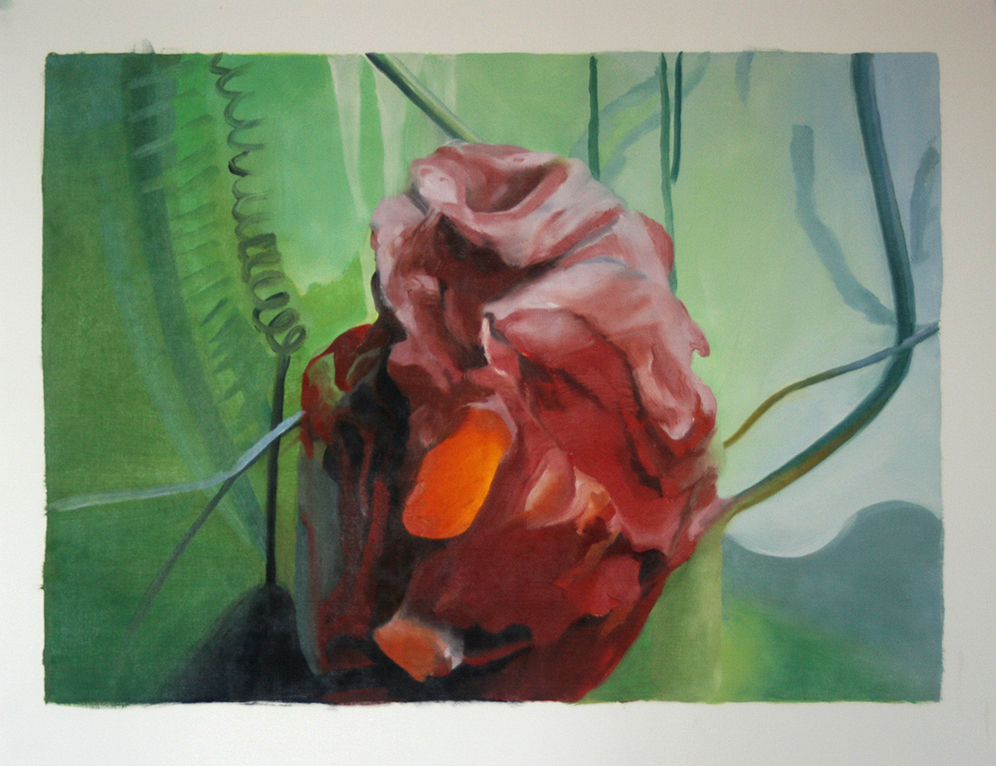
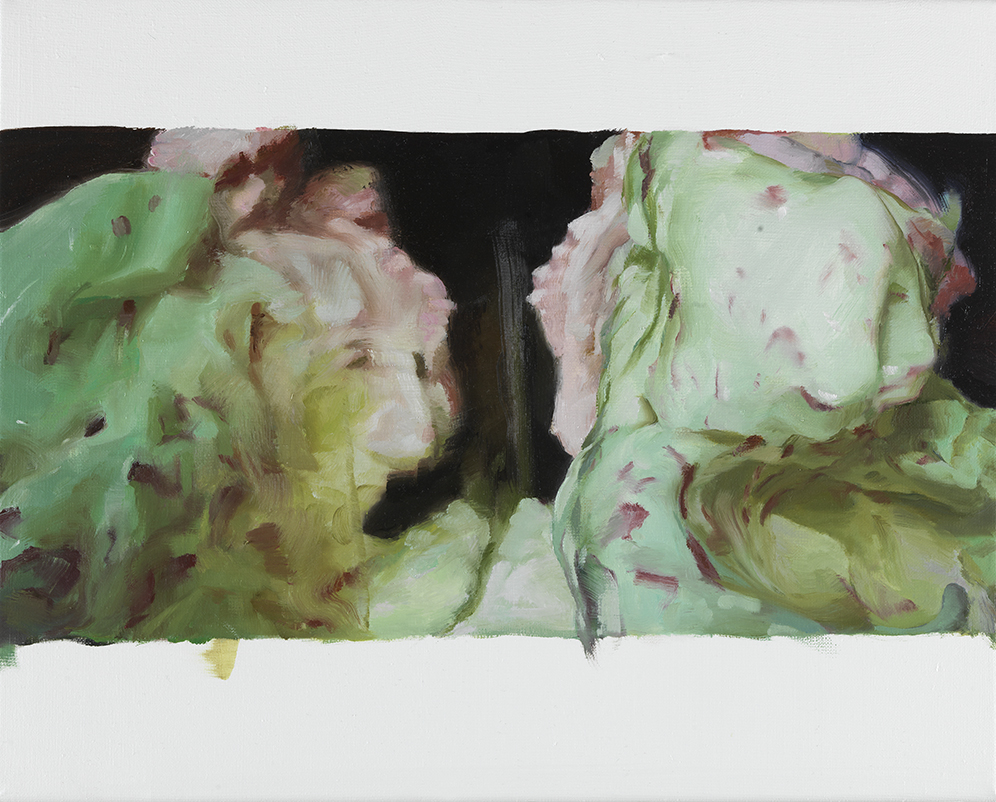
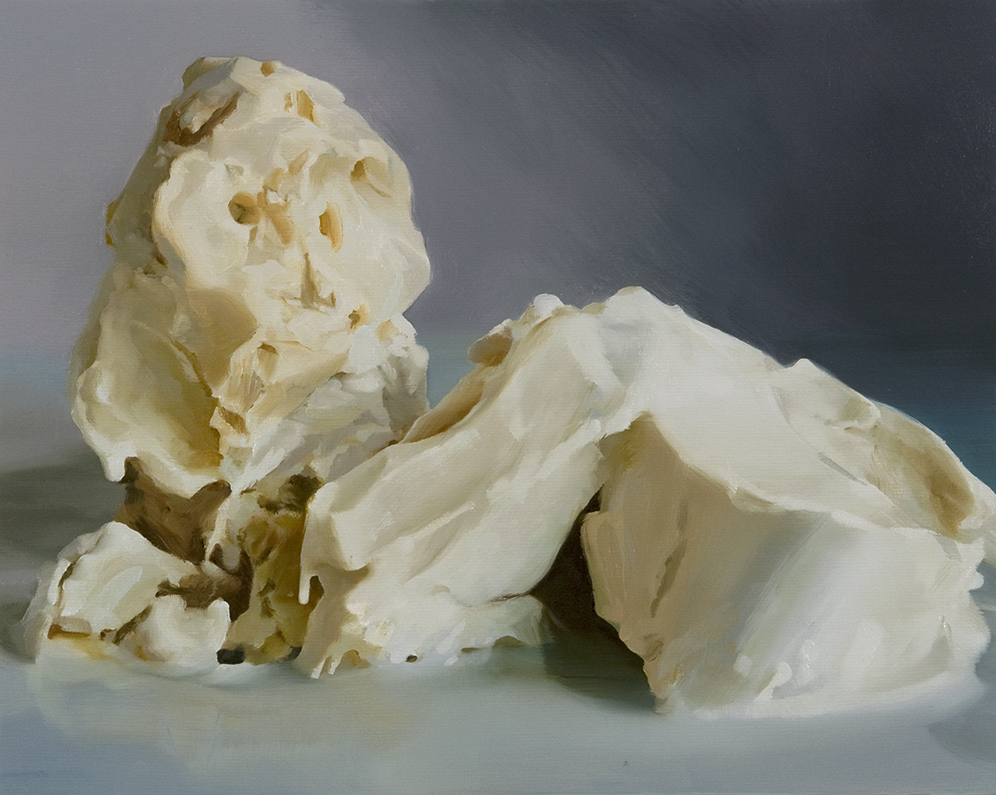
Review By KEN PRATT
The Ice Cream Paintings
With The Bloodbathers, Janice McNab introduces a new body of paintings created from images of ice cream. The artist has modelled ice cream figures and then painted from the photographic documentation of these as they melt away. Such kitsch subject matter sits uneasily with the artist’s classical painting techniques and her knowing nods to art of the past: the shadow of a familiar Renaissance portrait in Soldieress, or a famed Spanish court painting in Bloodbathers. This dissonance is a formal approach that runs through all McNab’s work. Tanks, a series of images of health spa flotation tanks, expensive toys of the relaxation business, were painted in a way that enhanced only their potential for claustrophobia and anxiety. A similar approach defined The Chair Paintings, a series depicting discarded airline seats, and created shortly after 9/11.
The Ice Cream Paintings are most directly related to the artist’s Chocolate Box Paintings however. These inserted a more direct feminist critique into McNab’s ongoing probe into our contemporary landscape of lifestyle choices and their possibly toxic potential. The momentary luxury being painted in The Chocolate Box Paintings came from the tacky packaging of boxed chocolates, morphed into strange landscapes born of consumption and engaging simultaneously with consumerism, gender tropes, and historic Romanticism. Tiny, genderless figures appeared in some of these artificial vistas, but an implied, female, body hovered conceptually over all of them. With The Ice Cream Paintings, McNab moves closer to asserting this implied form. The central conceit of painting melting ice cream however, ensures that a definite confirmation will remain elusive.
The paintings play wilfully with our anthropomorphic desire—they seem to represent figures but they are really still-life paintings. Like a Dutch Golden Age Vanitas, each one reveals a transient object held in time by paint. They are not snapshots however, they do not report on a captured second of ‘the real.’ Slow and deliberate brush marks quietly demand our attention as they gather up the time of their making, in constant tension with the melting away of the ice cream. And unlike their possible cousins Pop art or Hyper-realism, these paintings reject an advertising aesthetic. The ice cream here is no longer delicious or easy to swallow; it is performing a body made of bone, flesh and bodily fluids, and its insistent, oversized sweetness is only disconcerting. McNab’s figurines are made from children’s food, modelled into the monsters of our early years, a conflation of references with which the artist plays with the very idea of play: of what it forms within us, and what it tells others about us. Exploration of the unheimlich (literally ‘unhomely’) ambiguity presented by this method, lies at the heart of the series. McNab is trying to privilege the inner world of lived experience through the affective power of painterly aesthetics, to make us ‘feel’ as viewers and redirect our gaze away from the continued infantilising insistence on women’s bodily exteriors that our culture continues to insist upon. These ambiguous ‘ice cream monsters,’ with their fluid and variable body parts, their inner mountain landscapes, reject easy identifications. Each affective presence asks for a relational interpretation. A set of possibilities that gives meaning-making back to you, the viewer.